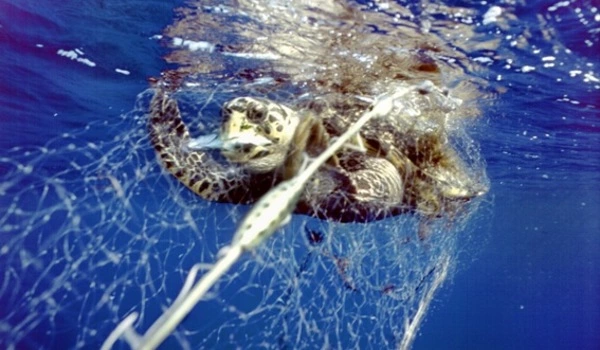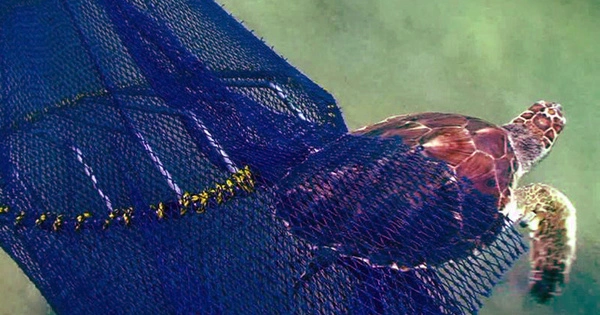Making fishing gear more selective is one method for reducing bycatch. This incentive has fueled research into identifying and exploiting differences in the sensory biology and/or behavior of target and non-target species. Such knowledge can be used to modify gear in ways that deter non-target species while maintaining, or even increasing, target catches.
A new study has discovered the potential for sensory deterrents to reduce marine megafauna bycatch in fisheries. The Newcastle University study suggests that sensory deterrents can work in some situations and may be part of the solution to reduce bycatch.
Sensory deterrents are intended to provide sensory cues for marine megafauna (marine mammals, seabirds, sea turtles, sharks, and rays) to avoid contact with fishing gear while keeping target catch quantity and quality intact.
The majority of the technologies we examined are in their early stages, and their potential environmental impacts are unknown. More research is needed to understand the long-term efficacy and impacts of sensory deterrents.
Professor Per Berggren
Acoustic sound devices, using alternative bait types (for example, fish bait instead of squid), using a water hose or cannon as a deterrent, the use of lights and magnets, and changes to standard gear color, such as lines and nets, are all examples of sensory technologies designed to reduce bycatch.
Multiple technologies were found to be effective at reducing bycatch in some studies but ineffective in others. LED lights were the only technology found to be successful in trials involving all marine megafauna groups to date. They had, however, resulted in increased bycatch in some seabird and elasmobranch (shark and ray) species.
The authors argue that sensory deterrents can help reduce bycatch in some circumstances, publishing their findings in the journal Reviews in Fish Biology and Fisheries. However, variable results due to environmental factors and species biology differences make generalization difficult. Other issues include the cost of equipment and the possibility of unintended environmental harm.

Sol Lucas, a PhD student at Newcastle University’s School of Natural and Environmental Sciences, stated: “The variability in study results emphasizes the importance of scientists and policymakers taking into account all available evidence when developing bycatch reduction plans for fisheries. This study compiles evidence of the use of sensory deterrents in fisheries, which aids in decision-making.”
The authors reviewed existing research (116 studies) on sensory deterrents for reducing bycatch (incidental or accidental catch) of multiple marine megafauna species in fisheries. The study examined all available literature on sensory deterrents in peer-reviewed journals and discovered that the efficacy of available technologies varied.
Professor Per Berggren, Chair of Marine Megafauna Conservation at the School of Natural and Environmental Sciences, added: “The majority of the technologies we examined are in their early stages, and their potential environmental impacts are unknown. More research is needed to understand the long-term efficacy and impacts of sensory deterrents. Reducing bycatch of marine megafauna is critical due to their importance for ecosystem health and for communities that rely on fisheries for income and food security.”
The study’s authors conclude that multiple measures will most likely be required to address bycatch in most fisheries. They propose that bycatch mitigation programs be developed on a case-by-case basis, tailored to the needs of each fishery, species, and local community.














